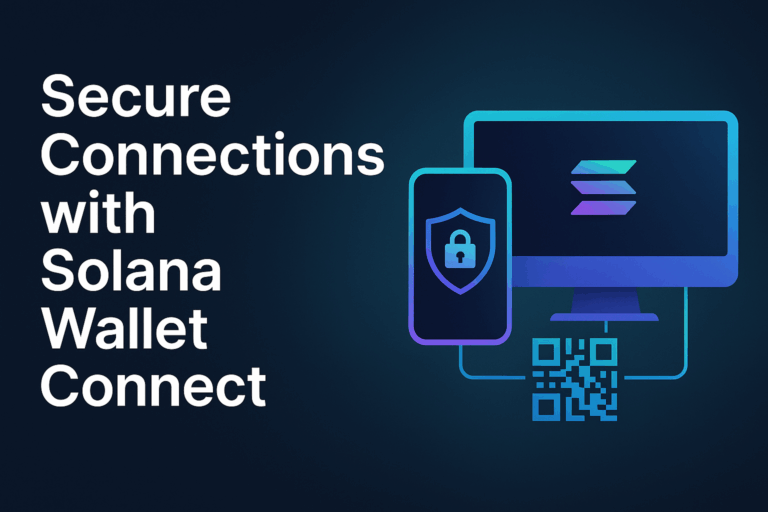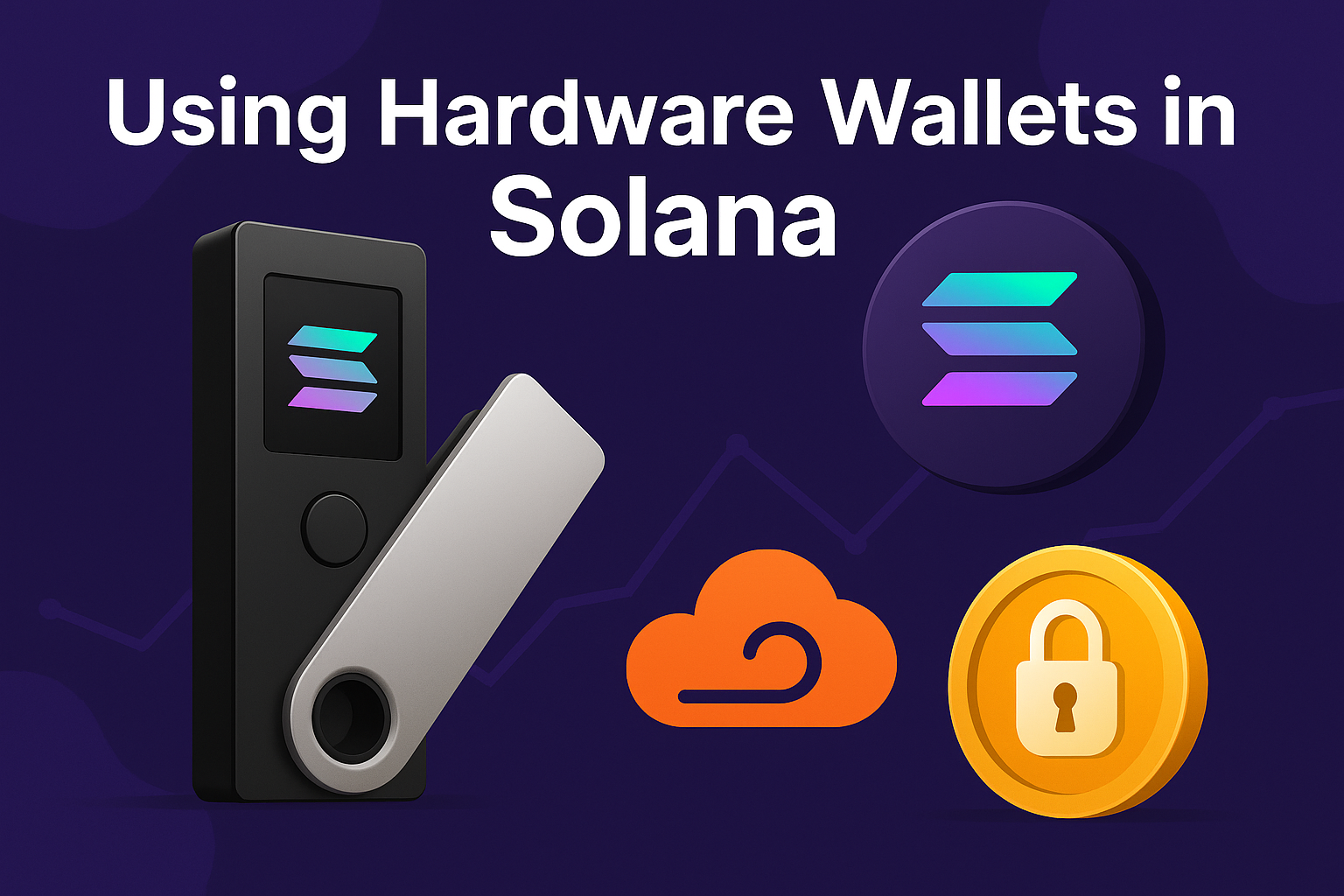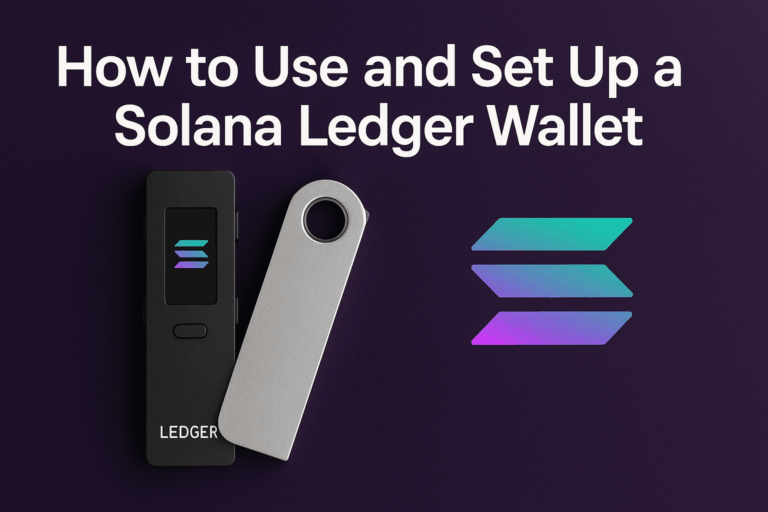Types of Solana Wallets: A Complete Comparison
As Solana continues to grow as one of the fastest and most scalable blockchains, choosing the right wallet becomes essential for users who want to store, send, stake, or trade SOL tokens and other SPL assets. With a variety of wallets available—from hardware devices to mobile apps—understanding the differences can save you time, protect your assets, and improve your overall user experience.
This guide provides a complete comparison of Solana wallets, including their types, features, pros, and cons. By the end, you’ll have the knowledge needed to pick the best option for your crypto journey.
Table of Contents
What is a Solana Wallet?
A Solana wallet is a digital tool that lets you securely store and interact with SOL and other tokens on the Solana blockchain. Unlike traditional wallets, Solana wallets don’t physically “hold” your crypto. Instead, they safeguard your private keys, which allow you to access and control your funds on the blockchain.
Key Functions of a Solana Wallet
- Storing SOL and SPL tokens safely
- Sending and receiving crypto assets
- Staking SOL to earn rewards
- Connecting with decentralized applications (dApps)
- Managing NFTs and tokenized assets
Main Types of Solana Wallets
There are four primary categories of Solana wallets, each with unique advantages and trade-offs. Let’s break them down.
1. Hardware Wallets (Cold Storage)
Hardware wallets are physical devices designed to store your private keys offline. This makes them the most secure option, as they are not vulnerable to online hacks.
- Examples: Ledger Nano X, Ledger Nano S Plus
- Pros: Highest security, ideal for long-term holders
- Cons: Higher cost, less convenient for daily use
2. Software Wallets (Desktop Wallets)
Software wallets are applications you install on your computer. They offer more convenience than hardware wallets but come with added security risks if your computer is compromised.
- Examples: Solflare (desktop version), Exodus
- Pros: Free to use, user-friendly
- Cons: Vulnerable to malware and keyloggers
3. Mobile Wallets
Mobile wallets are apps for smartphones that allow you to manage your Solana tokens on the go. They’re perfect for users who want fast access to dApps, NFTs, and DeFi platforms.
- Examples: Phantom, Sollet Mobile, Trust Wallet
- Pros: Easy to use, convenient, supports dApps
- Cons: Security depends on your phone’s safety
4. Web Wallets (Browser-Based)
Web wallets are accessed directly through a browser extension or website. They are the most convenient but often the least secure if you don’t practice good online safety.
- Examples: Phantom (browser extension), Sollet
- Pros: Quick setup, easy integration with dApps
- Cons: Higher exposure to phishing attacks
Comparison Table: Solana Wallet Types
| Wallet Type | Security Level | Ease of Use | Best For |
|---|---|---|---|
| Hardware Wallet | ★★★★★ (Highest) | ★★ (Moderate) | Long-term storage, high-value investors |
| Software Wallet | ★★★ (Medium) | ★★★★ (Easy) | Everyday users, desktop crypto management |
| Mobile Wallet | ★★★ (Medium) | ★★★★★ (Very Easy) | dApp users, NFT collectors, DeFi participants |
| Web Wallet | ★★ (Low) | ★★★★★ (Very Easy) | Beginners, quick access |
Popular Solana Wallets to Consider
Phantom Wallet
Phantom is one of the most popular Solana wallets. Available as a browser extension and mobile app, it provides smooth integration with NFTs and DeFi platforms. Its intuitive interface makes it a favorite among newcomers.
Solflare
Solflare is a versatile wallet that supports desktop, mobile, and web access. It’s particularly known for its staking capabilities, making it ideal for users looking to earn rewards on their SOL holdings.
Ledger + Solana Apps
For maximum security, combining a Ledger hardware wallet with Solana-compatible apps like Phantom or Solflare ensures your keys remain offline while you enjoy user-friendly features.
How to Choose the Right Solana Wallet
Here are some factors to consider before choosing:
- Security Needs: If you’re holding large amounts of SOL, prioritize hardware wallets.
- Convenience: Mobile and web wallets offer fast, easy access.
- Staking & DeFi: Look for wallets with integrated staking and dApp support.
- NFT Support: If you collect NFTs, ensure the wallet supports Solana-based NFT marketplaces.
Security Best Practices for Solana Wallets
No matter which wallet type you choose, following these security practices can protect your assets:
- Always back up your seed phrase offline and never share it.
- Enable two-factor authentication (2FA) where possible.
- Be cautious of phishing websites and only download wallets from official sources (Phantom, Solflare).
- Consider using a hardware wallet for maximum protection.
Frequently Asked Questions (FAQ)
Which Solana wallet is best for beginners?
Phantom and Solflare are beginner-friendly due to their intuitive interfaces and wide ecosystem support.
Can I stake SOL directly from my wallet?
Yes. Many wallets like Solflare and Phantom allow you to stake directly, helping you earn passive rewards.
Are hardware wallets worth it for Solana?
If you’re holding significant amounts of SOL or plan to keep them long-term, hardware wallets provide unmatched security.
Conclusion: Picking the Right Solana Wallet
Choosing the right wallet depends on your priorities. If you value security, hardware wallets are your best option. If you need convenience and easy dApp access, mobile and web wallets like Phantom or Solflare are excellent. For balanced features, a combination of hardware and software wallets ensures both safety and usability.
As the Solana ecosystem continues to grow, wallets will evolve with new features. Make sure you stay updated, practice strong security habits, and pick a wallet that matches your needs. Ready to dive in? Start with Phantom or Solflare today and experience the power of Solana at your fingertips.



Comments